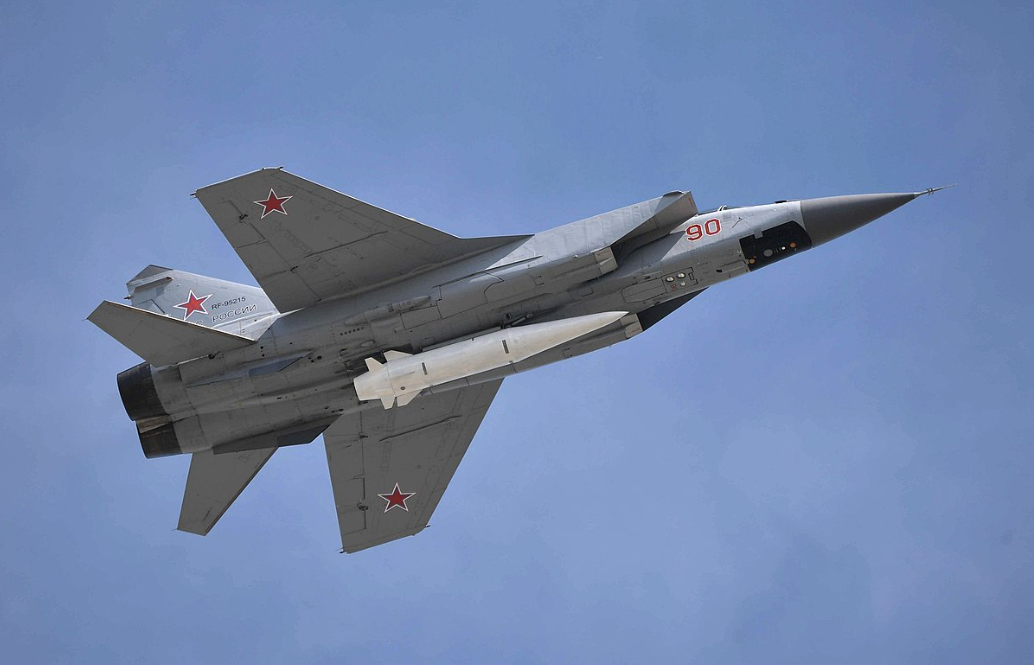
A Kh-47M2 Kinzhal being carried by a Mikoyan MiG-31K interceptor.
Credit: Kremlin.ru
In less than 15 months, the string of Russian strategic defeats in Ukraine has included the sinking of the Moskva cruiser, the bombing of the Kerch Strait Bridge, routs of armies in Kyiv, Kharkiv and Kherson, and finally, a successful intercept of the Kinzhal air-launched ballistic missile (ALBM)...
Subscription Required
This content requires a subscription to one of the Aviation Week Intelligence Network (AWIN) bundles.
Schedule a demo today to find out how you can access this content and similar content related to your area of the global aviation industry.
Already an AWIN subscriber? Login
Did you know? Aviation Week has won top honors multiple times in the Jesse H. Neal National Business Journalism Awards, the business-to-business media equivalent of the Pulitzer Prizes.





